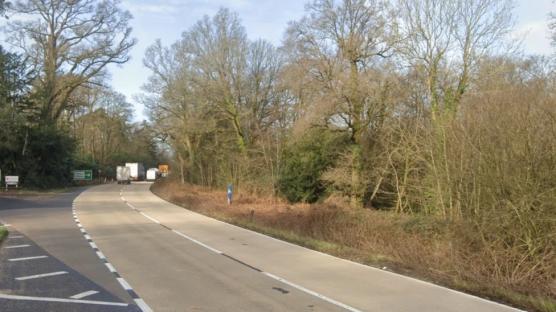Class is back in session after spring break in Saskatchewan, fueling some COVID-19 concerns among families and teachers.
Scientist and father of five Kyle Anderson didn’t send his kids to school on Monday.
Read more: COVID-19 vaccinations in Saskatchewan to be expanded to first responders
“Right now, just having a few less students in a classroom increases everyone’s safety, particularly the teachers,”; said Anderson, who is a University of Saskatchewan assistant professor in biochemistry, microbiology and immunology.
Anderson said his family decided to switch to at-home learning now that variants of concern (VOCs) have made their way to the Saskatoon area. Health officials say VOCs are more contagious and lethal than the original virus.
“We know that these are spreading more quickly through schools, so things like masking and distancing that had been sufficient to keep kids safe earlier are no longer as safe,”; Anderson said.
Some Regina and area school divisions have mandated remote learning until April 23. Saskatoon’s school divisions don’t have immediate plans to move classes online.
Read more: Some Saskatchewan school divisions extend remote learning to April 23
“We realize Saskatoon and our schools are not immune to the possibility of (VOCs) becoming more prevalent here,”; Greater Saskatoon Catholic Schools spokesperson Derrick Kunz said in an email.
“We’ll continue to consult with health officials to determine if we do need to move to online learning, and we are prepared to make that switch should it be necessary.”;
Saskatoon Public Schools’ cleaning and personal protective equipment protocols are sufficient for now, spokesperson Veronica Baker said in a statement. The school division consults with the Saskatchewan Health Authority (SHA) on how to deliver education safely.
“The SHA will continue to monitor Saskatoon and area health data and, if warranted, the school division will move to Level 4 (remote learning in Saskatchewan’s Safe Schools Plan),”; Baker said.
Saskatoon Teachers’ Association president John McGettigan said school divisions have done a “magnificent job”; of sharing COVID-19 information with staff and parents, who’ve been stressed since last March.
“It’s not easy for the teachers, for the kids or for the parents to switch to remote learning, but we’re ready to do that when public health advises that,”; McGettigan said.
“The flexibility and adaptability of teachers has been amazing.”;
Continued calls to vaccinate school staff
Both McGettigan and Anderson said vaccinating school staff could help break chains of transmission.
“Teachers want to be with their kids,”; McGettigan said. “If that means... we need some priority as a profession to get kids in school, I think it’s something that would be really wise for the government to do.”;
The province was firm on its age-based vaccination rollout until Monday, when it announced priority will soon be given to first responders. Teachers were not included in the announcement.
Saskatchewan health minister Paul Merriman said first responders often work in volatile conditions, while schools are a “very controlled environment.”;
“It’s very different from what our first responders would be seeing on a daily basis,”; Merriman told reporters on Monday.
Merriman also said the province is working with a limited number of vaccines. More than 290,000 shots have been administered in Saskatchewan, including 41,474 second doses.




